Originally Published at Entrepreneur.com on March 3, 2014
To be successful in rewards-based crowdfunding, effective use of social media is critical. Gaining financial support through social media is not as simple as posting a picture of your lunch on Facebook or retweeting the latest joke from Jimmy Kimmel. Successful crowdfunding through social media requires planning, dedication and determination. A few tips from your favorite crowdfunding expert also can’t hurt.
The process of using social media for crowdfunding starts weeks before a crowdfunding campaign launches. Having up-to-date profiles on the three major social media sites (Facebook, LinkedIn and Twitter) is imperative. Building followers before you launch is even more important. A typical rewards-based crowdfunding campaign lasts only 30 to 60 days, so it is too late to try to build a following on social media during the campaign. Adding quality contacts on social media must start weeks, if not months, before the campaign launches.
In the days before a campaign launch, successful crowdfunders do two things. First, they create a list of “core” supporters who will contribute funds and spread the word about the project. Second, they write the majority of the social media posts they will use throughout the campaign and create a posting schedule for themselves and for their core supporters. Having these two things out of the way before launch is essential because once the campaign is underway, a crowdfunder needs to spend time on the tasks that could not be done in advance, such as reaching out to media, interacting with donors and fulfilling rewards.
Facebook. For the duration of a crowdfunding campaign, posts containing links, videos, photos and useful information must be posted several times per week. Remember, only a small fraction of your Facebook friends see what you post on Facebook. In order to get the largest exposure, Facebook posts need to be frequent, and at various times of the day. Every post needs a link to the campaign page, a plea for a donation and a call to action to share the post.
Facebook posts should include photos from the campaign, links to the crowdfunding video, “thank you” posts for donors and posts detailing each reward. One important series of posts should highlight benchmarks attained and goals being approached. For example, proudly announcing that a campaign has reached 25 or 50 percent of its goal tells potential donors the campaign is gaining momentum and that successful funding is within reach. Similarly, telling a Facebook audience that only $1,000 remains to reach the final goal with two days left puts pressure on potential donors to act quickly.
Twitter. The Facebook page should also be linked to the campaign’s Twitter account so that posts are tweeted automatically. Twitter also offers great way to generate awareness and excitement about a campaign, and to spread the word even faster than Facebook. Tweets should be written and scheduled so that they are run at least 10 to 15 times per day for the duration of the campaign, at all hours of the day. Remember: Twitter is a news feed, so most people will only see what comes across their feed at the moment they are on Twitter. With the scheduled Tweets, Facebook posts being Tweeted and additional Tweets being added as the campaign goes on, it would not be overkill to have at least one Tweet per hour by the middle of the campaign.
LinkedIn. The network allows a crowdfunder to approach others in similar industries and professionals who can help with donations and marketing. Post updates on LinkedIn about the campaign, and also join crowdfunding groups to engage their membership. Many business people engage on LinkedIn far more often than other social media, so take advantage of this tool by tailoring the approach to that audience.
One last important bit of advice: Be sure to respond to and interact with each and every person who tries to engage you on social media. Social media works when people feel a connection. Simply posting something, then ignoring comments or interactions is a big mistake. When someone “likes” your Facebook post, thank them, and post a comment asking them to donate and share your post. When someone retweets you, thank them using their Twitter handle and give them a link to a reward they might like.
Interaction is the key to successful social media engagement. For the month or two of a crowdfunding campaign, success requires that daily time be set aside to utilize this incredible tool, not only to tell people what is going on, but to talk to your audience directly, and to respond to them as quickly and as thoroughly as possible.


